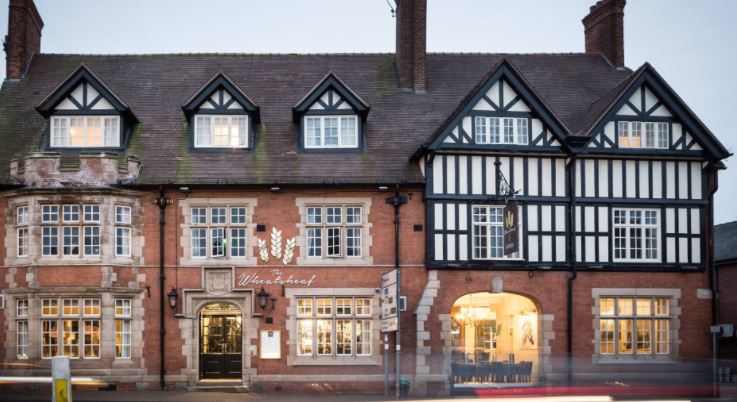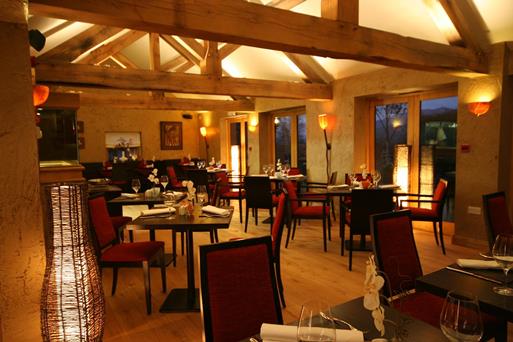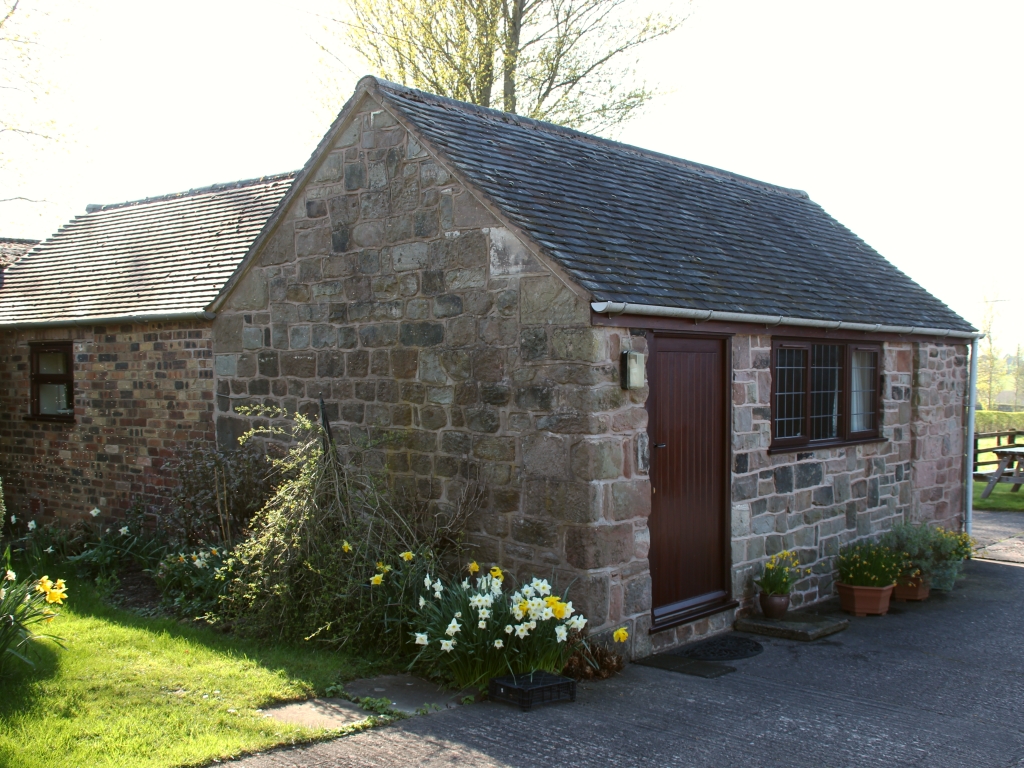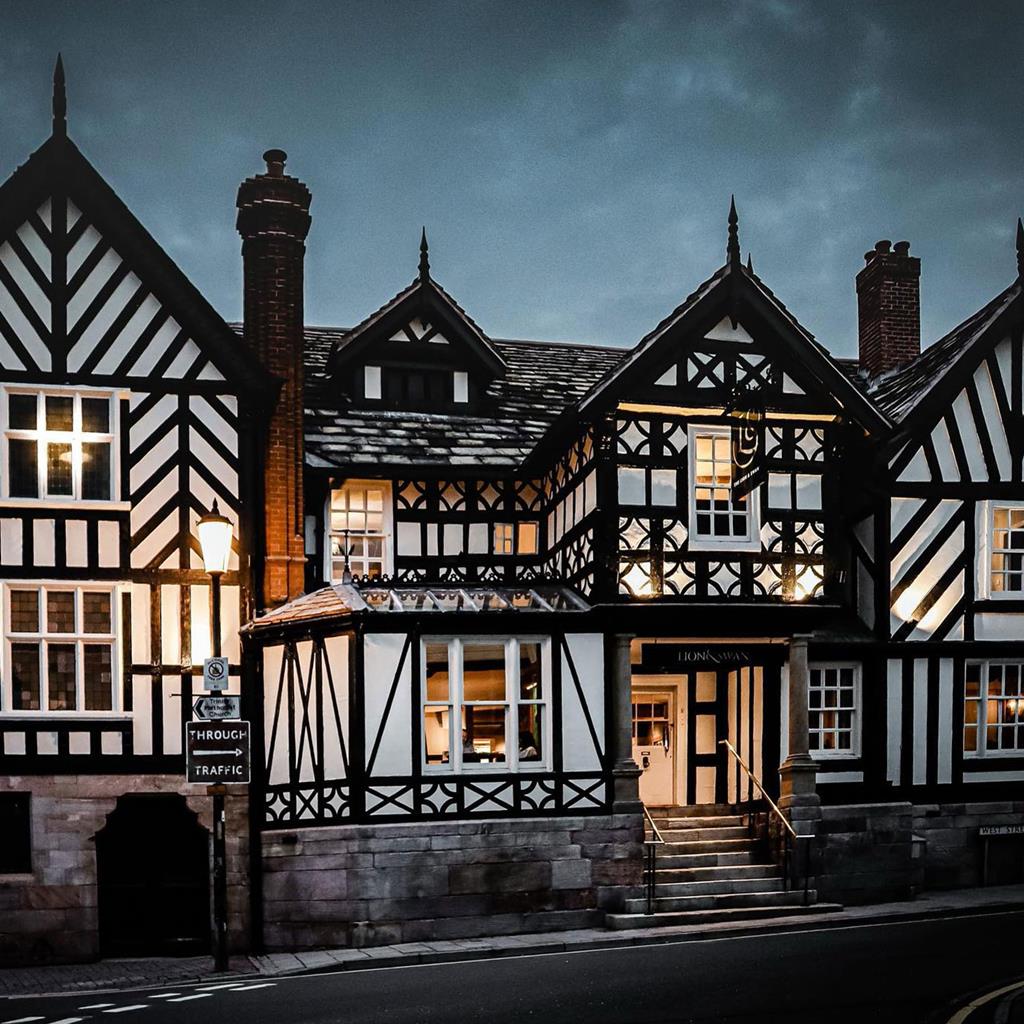You get the best of both worlds in the location of this stone built single storey self catering…
Greenway Bank

Water and woodland wonders at Greenway Bank
2.75 miles (4.4kms)
About the walk
Greenway Bank Country Park, a scenic mix of lakes and craggy woodland, is located a mile to the south east of Biddulph and was formerly part of two large estates. To the north was an enclosed deer park belonging to Knypersley Hall, while the rest belonged to the Greenway Bank estate that was owned by canal-building entrepreneurs.
Feeding the canal system
At the heart of the estate are The Serpentine (or Serpentine Pool) and Knyperseley Pool, strictly speaking two man-made watercourses. The former was constructed in the early 1780s as a feeder reservoir for the newly-built Trent & Mersey Canal, developed by Greenway Bank owner Hugh Henshall who was the successor (and brother-in-law) of the great canal-builder James Brindley. The larger Knyperseley Pool, which is also called Knypersley Reservoir, was built afterwards and still feeds the nearby Caldon Canal. Together with the ponds below the dam, the pool is a popular venue for local anglers and notable for its plentiful perch, bream and roach, as well as carp and pike.
A springtime display in the woods
Now demolished, Greenway Bank House once stood near the car park at the start of the walk. You can still make out the landscaped grounds and enjoy surviving details like the miniature grotto, while its former stables and outbuildings now form the visitor centre, with a delightful brick-walled courtyard that is a sun trap in summer. However, spring is perhaps the best season to visit Greenway Bank when the extensive woodland floor is covered with bluebells, ramsons, wood anemone and red campion.
Indeed, the trees themselves are also noteworthy and in particular the Jubilee Arboretum beyond the head of The Serpentine that you visit at the end of this walk. What’s claimed to be a complete collection of native and long-established trees and shrubs has been planted, many with name plates to help you identify the different species – from beech and wych elm to dogwood and rowan. At the foot of the wooded slope is a marshy area of reeds, where plants like ragged robin, meadowsweet and marsh marigolds can all be found.
At home among the woods
On the eastern side of Knypersley Pool is the Warder’s Tower, a Gothic castellated building built in 1828 that stands on a crag among the trees and which, although now boarded up, was used as a residence until quite recently. From here you can follow a there-and-back path beneath the wooded crags to see Gawton’s Well and Gawton’s Stone. It’s named after a man named Gawton who, in the 18th century, lived as a hermit beneath the stone, apparently curing himself of the plague by bathing in a nearby well.
Walk directions
Walk out of the car park exit and cross the road. Turn left then almost immediately right for a footpath along the top edge of a field. Continue through a wooded dip and ahead across another field, this time drifting half right uphill to reach a stile in the far corner.
Don’t cross the stile but turn hard left, almost back on yourself. Walk down the steepening slope above the trees, aiming for the reservoir glimpsed ahead, until you come to a stile. Beyond this continue in the same direction across undulating ground to join a path beside a stream. Go up a long flight of steps to the road.
Turn right and once across the black girder bridge turn left for the popular path beside the reservoir. At the path junction by the Warder’s Tower you can divert right to visit Gawton’s Well and Stone among the wooded crags, otherwise continue ahead with the reservoir on your left.
When you come to a path junction just before the dam of The Serpentine go right, across a small bridge, and follow the path to the right of this long, sinewy lake. Ignore all paths off and continue to the far end.
Swing sharply left, over a short wooden bridge, then turn immediately right for a narrower path above a marshy area. At the far end follow the path around to the left for a gentle, stepped ascent of the wooded slope. Continue past a path junction to the very top and go across a farm track via two gates. Fork left through the Grotto to return to the visitor centre and the start of the walk.
Additional information
Field paths and firm woodland tracks, one long flight of steps, 7 stiles
Undulating farmland and woodland
Signs request on lead in Country Park
OS Explorer 258 Stoke-on-Trent
Greenway Bank Country Park visitor centre, closes at dusk
By visitor centre
WALKING IN SAFETY
Read our tips to look after yourself and the environment when following this walk.
Find out more
Also in the area
About the area
Discover Staffordshire
It was Staffordshire that bore the brunt of the largest non-nuclear explosion of World War II, when a munitions dump at RAF Fauld went up in 1944. It was also the county’s regiment that once boasted within its ranks the most decorated NCO of World War I, in the person of William Coltman (1891-1974). Going back a little further, George Handel penned his world-famous masterpiece The Messiah on Staffordshire soil. During another chapter of Staffordshire history, the county was home to the first canals and the first factory in Britain, and it had front-row seats for the drama surrounding one of the most notorious murder trials of the 19th century, that of Doctor William Palmer.
In outline, Staffordshire looks not unlike the profile of a man giving Leicestershire a big kiss. The man’s forehead is arguably the best region for hillwalking, as it comprises a significant chunk of the Peak District. This area is characterised by lofty moors, deep dales and tremendous views of both. Further south are the six sprawling towns that make up Stoke-on-Trent, which historically have had such an impact on Staffordshire’s fortunes, not to mention its culture and countryside. This is pottery country, formerly at the forefront of the Industrial Revolution and the driving force behind a network of canals that still criss-cross the county.
Nearby stays
Restaurants and Pubs
Nearby experiences
Recommended things to do
Why choose Rated Trips?
Your trusted guide to rated places across the UK
The best coverage
Discover more than 15,000 professionally rated places to stay, eat and visit from across the UK and Ireland.
Quality assured
Choose a place to stay safe in the knowledge that it has been expertly assessed by trained assessors.
Plan your next trip
Search by location or the type of place you're visiting to find your next ideal holiday experience.
Travel inspiration
Read our articles, city guides and recommended things to do for inspiration. We're here to help you explore the UK.













